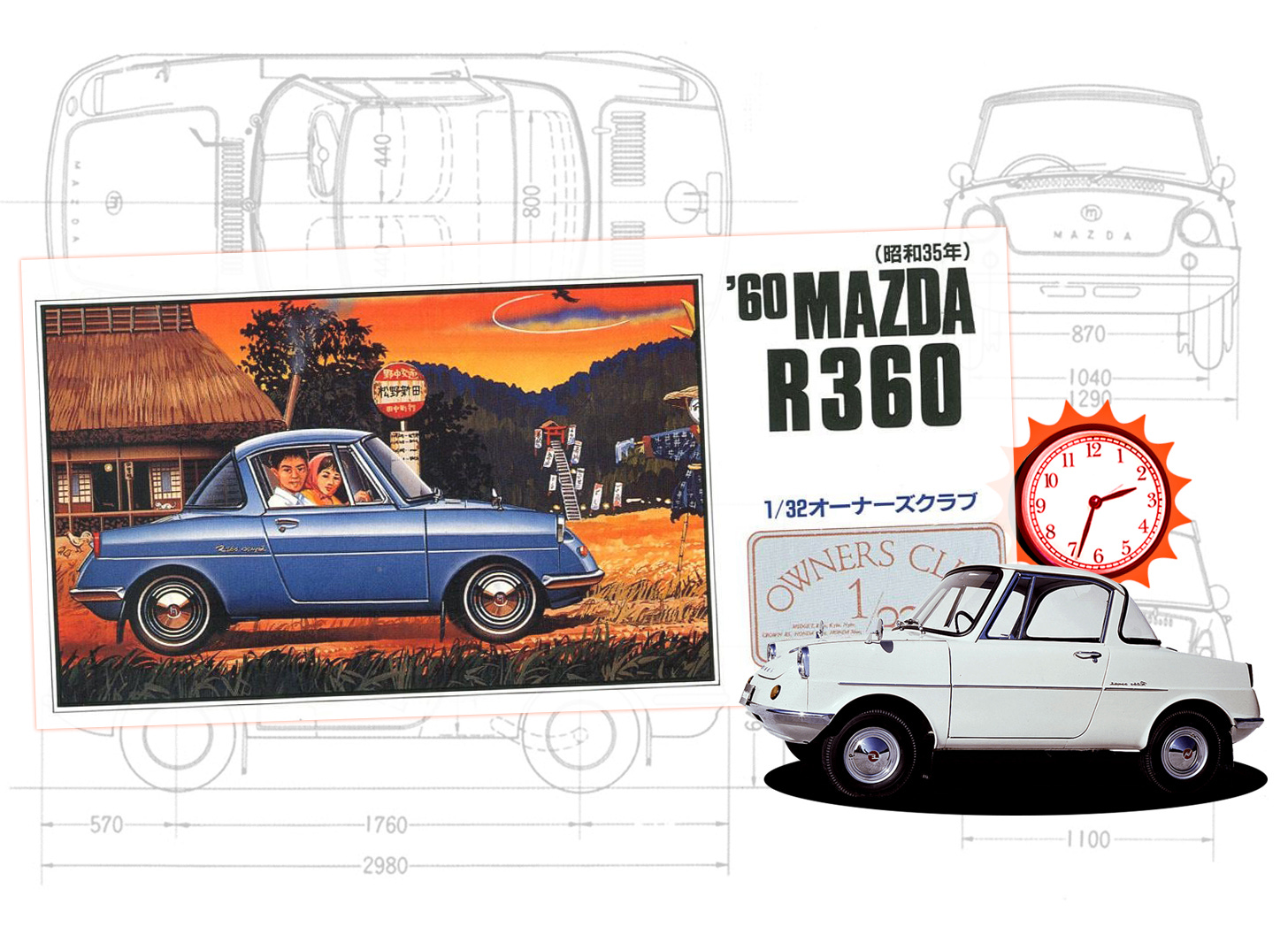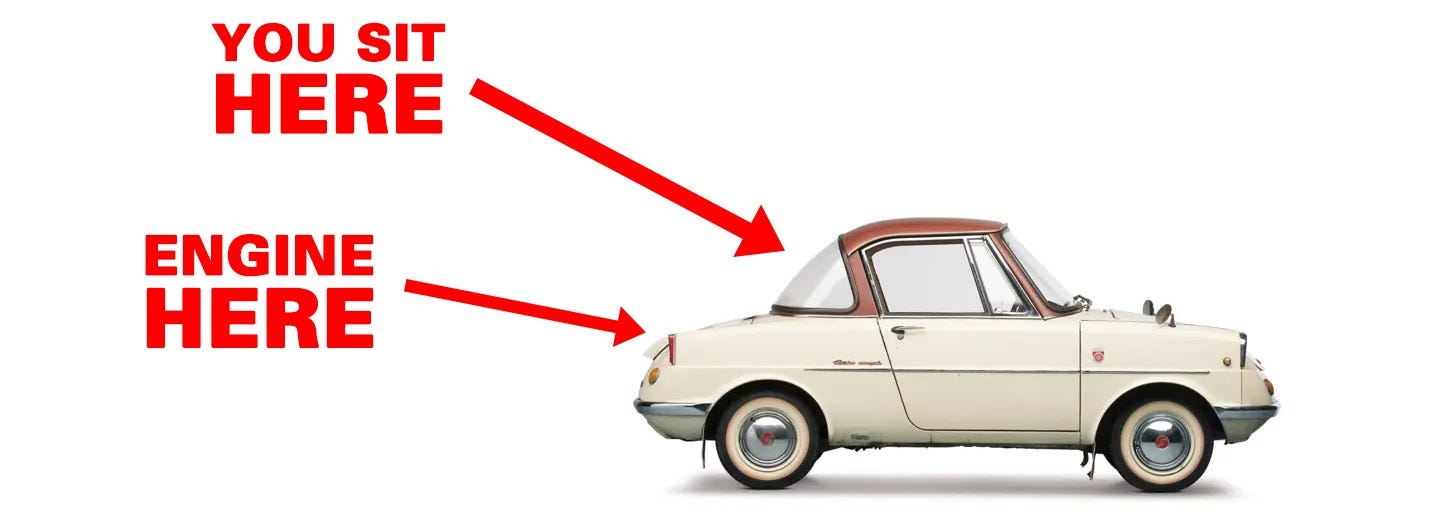Size Isn't Everything: Quick Jump
The standardization of size was established very early when it comes to mass access of automobiles. After the Second World War came a flux of demand for individual transportation, to various interpretations depending on the country.
America and Japan differ the largest when it comes to supplying cars to its people. While the U.S. embraced the bigger-and-better philosophy in the 1950s, Japan had no choice to go the opposite way. With minimal resources and a dire economy, it had to start again after the bombs dropped.
When it came to addressing needs, a set of rules was established in order to hit the road. This became what we know now as kei cars, requiring extremely small dimensions for both vehicle size and its components, such as the engine. Regulations were designed to accommodate humans, but also the narrow streets of cities and villages around Japan. It is still an island after all.
But what impresses me is how brave it was for engineers to accommodate more than two people from the start. Early kei cars managed to squeeze in a second row of seats and the engine in the back.
The car pictured above is Mazda’s first attempt at four wheels. The R360, named for the size of the motor in cubic centimeters, became the most popular kei car in Japan for much of the 1960s and cemented the brand’s standing as a carmaker away from cork manufacturing.
Americans these days love to complain about size. But they don’t refer to the R360, they refer to the Miata. For reference sake, here’s what the two cars look like side-by-side:
Two things to keep in mind here. One being that the current MX-5 is one of the smallest cars you can buy new. That honor goes to the Mini Cooper with two doors [although a four-door Mini will be longer]. That leads me to the second point, which is that a modern Mini has four seats.
Western culture means a classic Fiat 500 is a novelty for its diminutive size. Japan has dedicated an entire market to this smaller-than-life philosophy that continues today. At the same time that you can buy a new Miata roadster in America, somewhere elsewhere is a 9,000-lb electric Hummer that will probably diminish a kei car in a heartbeat.
Small means light. An MX-5 is these days is about 2300-2400 pounds. The R360 is 838 pounds, or the same as a pair of Shaq’s running shoes. Complaining about size becomes moot when you start to realize that there are even smaller things out there than what you have.
And yes, I’m still referring to cars. This is a professional at work here, I’m not referring to the anatomy of male [redacted] and female [redacted] that can be helped with [redacted] and doctors with a kink. I will say though that the smaller the car the bigger the—.
Okay I’m getting ahead of myself here. But the point remains, it’s not fair to critique a small car for being small. A Miata is perfect for yours truly who stands at five-nine, just like it’s perfect for six-foot-five Jeremy Clarkson, who called it one of the best cars in 2016 when it was redesigned. Size doesn’t really matter for what it gives in return.
And now that I’ve had a Miata for four years, I want to try an R360. Because perspective needs to continue to evolve in order to get more Americans on board with small greatness.
Let’s get on it.
-TA




